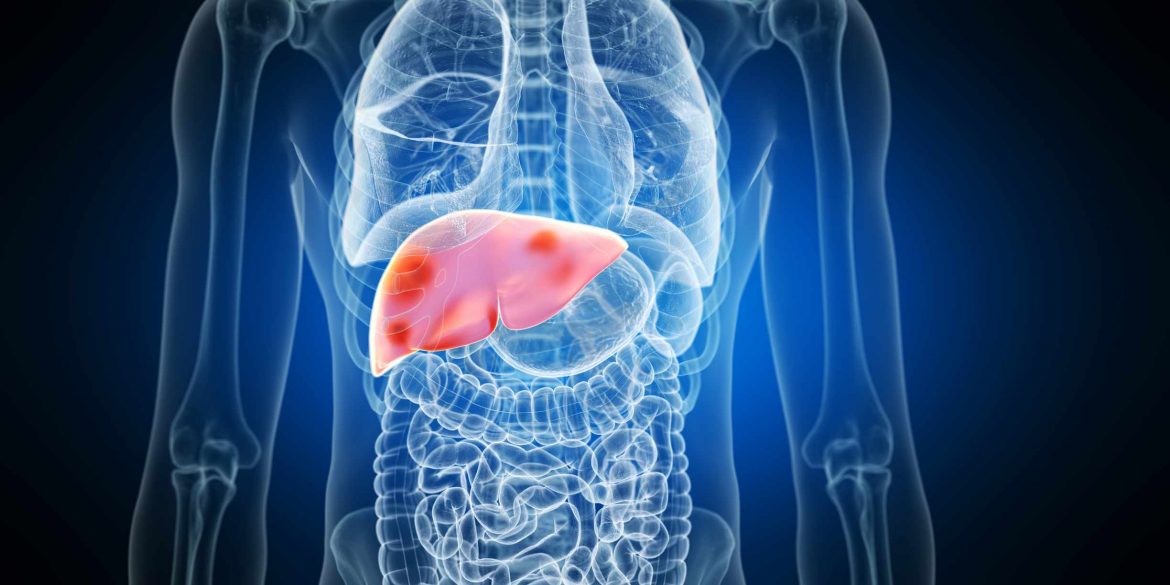Obesity-related health problems can manifest itself in a variety of ways. Obesity increases the risk of nonalcoholic steatohepatitis (NASH), a kind of fatty liver disease that can progress to cancer.
The absence of adequate and effective approaches for separating and characterising hepatic stellate cells (HSCs), which have been proven to play an important role in the progression of liver fibrosis and liver cancer in NASH patients, has contributed to the lack of NASH therapy. Researchers from Osaka Metropolitan University achieved considerable progress in their quest with their new approach of performing cold enzymatic perfusion to extract HSCs from both murine and human fatty liver-associated cancers. Their findings were reported in Cellular and Molecular Gastroenterology and Hepatology.
Professor Naoko Ohtani, the study’s principal investigator, said that HSCs “promote obesity-associated liver cancer by producing senescence-associated secretory factors that decrease anti-tumour immunity in the tumour microenvironment.”
The existing approach to isolating HSCs, however, is confined to normal livers, “hence, isolating and then characterising HSCs under varied situations is considered a precondition for explaining their roles in cancer progression.”
Because of the buildup of body fat, Professor Ohtani explained, “The present HSC isolation method conducts perfusion from the inferior vena cava, which is regrettably not apparent in fatty livers.” This technique is also carried out at a temperature of 37 °C, which may cause the expression of genes associated with heat stress and result in artefacts or inaccurate representations of tissue structures.
Also Read: Cancer should be declared as notified disease: Parliamentary panel
To address these concerns, the researchers attempted to isolate HSCs from the livers of mice fed a normal diet and those fed a malignant high-fat diet. HSCs were extracted from both tumour and healthy tissue. At a temperature of 6°C, the scientists employed perfusion from the mice’s portal veins while utilising enzymatic solutions.
The researchers extracted high-yielding and high-purity HSCs. The portal vein was visible under various circumstances of either normal or fatty liver tissue, and the cold enzymatic treatment minimised the creation of artefacts. The work demonstrated that CD49a is a reliable HSC surface identifier, and an antibody against it allowed researchers to detect and collect HSCs with strong CD49a expression.
The new technique also successfully isolates HSCs from liver cancer patients.
The researchers have published a number of studies on liver cancer linked to NASH, the most recent of which is this one.
Professor Ohtani added, “After many tries and errors, we discovered this approach, which allowed highly effective extraction of high purity HSCs from fatty livers. “We anticipate that it will offer some resources for examining the function of HSCs and help in the development of therapies for NASH-associated liver cancer.”





